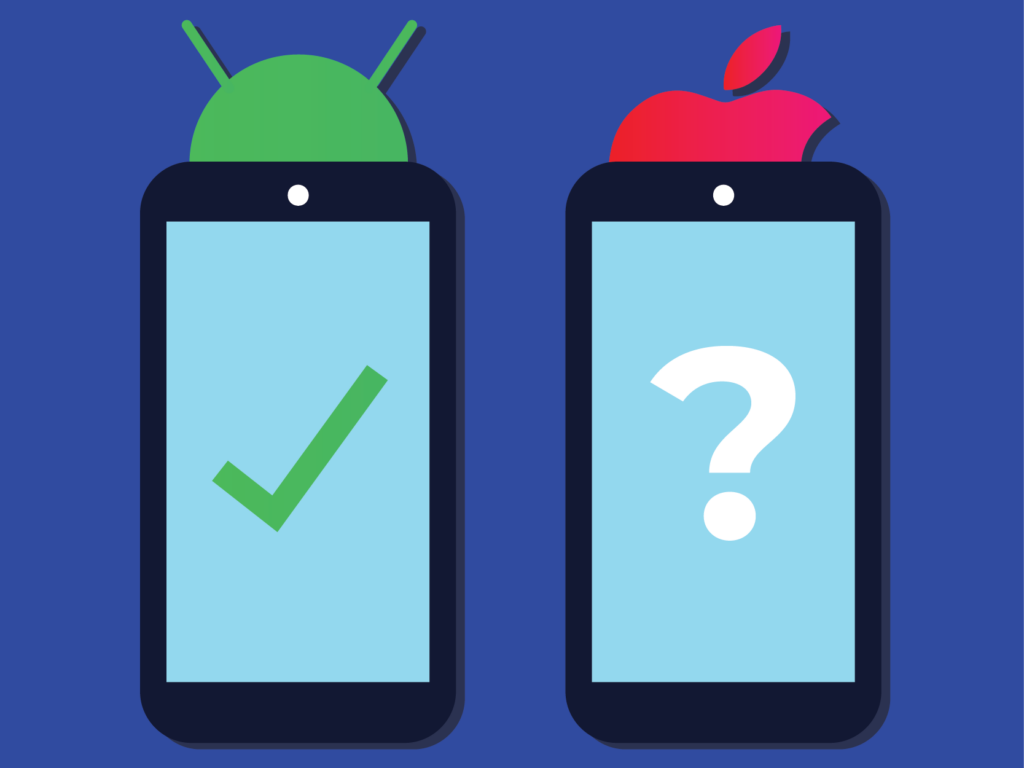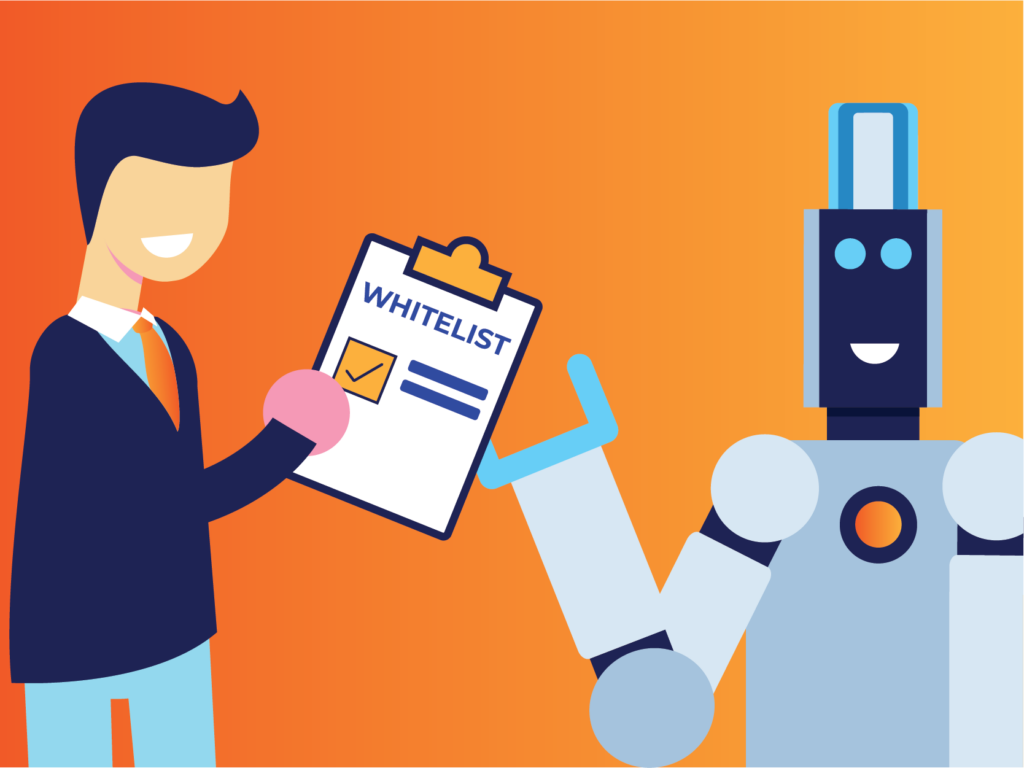Before we dive in, remember, Android re-engagement and retargeting are the same as ever. They remain an effective form of advertising, and we don’t want you to ignore tried-and-true methods of user acquisition while Apple is rewriting the playbook. If you’re an advertiser who runs primarily on Android, you can keep chugging along. But keep reading, and take the benefits of contextual targeting into consideration.

On iOS14 and beyond, there is a different story to be told. As the depreciation of IDFA approaches, MMPs and media buying partners are working toward solutions that will allow programmatic advertising to continue to thrive. There are two possible options in an IDFA-less future: either the user opts-in, and tracking can continue on a deterministic basis, or the user does not opt-in, and targeting becomes probabilistic. The deterministic model will revolve around SKADNetwork. The probabilistic model will depend on contextual targeting. While there is no consensus on how many users may opt in for tracking as opposed to not, it is mostly agreed that for retargeting to be successful, a deterministic model is needed; the user must have opted-in.

Retargeting relies on key data points to ensure that the same user who initiated contact is the one who is being served the retargeting creative. Without that data, advertisers run the risk of alienating a prospect with inaccurate ads. As only users who opt-in to tracking will provide enough data for retargeting, and the industry as a whole is not yet sure of how many users may opt in (conflicting reports suggest as high as 50% and as low as 10%), we need to acknowledge the limits of retargeting on iOS.
You may wonder, what is the solution? At Kaden, we believe that the strongest approach for future iOS campaigns is to shift the focus away from the user-level, and lean into secure, smart, and effective contextual targeting for user acquisition. This means gathering data at the site-level to convey information about a potential user’s interests and value.

A great way to approach this method is with our iterative, playable creative strategies. We build playable ad units based on context, test them with your audience, and iterate based on the successes that are acquiring the highest quality users. It’s an effective way to advertise on both iOS and Android, because iterations are not dependant on device-ID, they are focused for factors like age, ethnicity, and gender.
Kaden also offers a full-service suite of targeting options beyond device-ID, from lookalike modelling to geofencing. We can use these methods in combination with our playables (and any other format of creative you want to work with) to maximize the potential reach. Geofencing is effective for capturing the attention of users in a specific location, while lookalike modelling searches for users who are active in apps similar to or whitelisted by your team.
Speaking of whitelisting, whether your focus is Android or iOS campaigns it is advisable to build a strong list of apps where your user acquisition strategies have seen success. A robust whitelist is helpful to any programmatic campaign, but it is especially valuable in contextual targeting. If your audience is on iOS, take the time to gather whitelist data now!

Lastly, we’ve talked about how fraud will rise as the IDFA waves goodbye. iOS campaigns demand strong anti-fraud measures, and Kaden has Tesera to back us up. The depreciation of IDFA may change some strategies for some advertisers, and it may heavily affect retargeting on iOS, but it should strengthen your approach to fighting fraud. Work with a media partner who takes all of these changes into consideration when proposing a solution.
Remember: Android still has re-engagement potential! IDFA’s demise will only alter retargeting for iOS. If you’re looking for a programmatic partner who can manage both options, look no further than Kaden. And in the face of change, we say, adapt and learn.

 Português
Português 韓國
韓國 日本
日本
